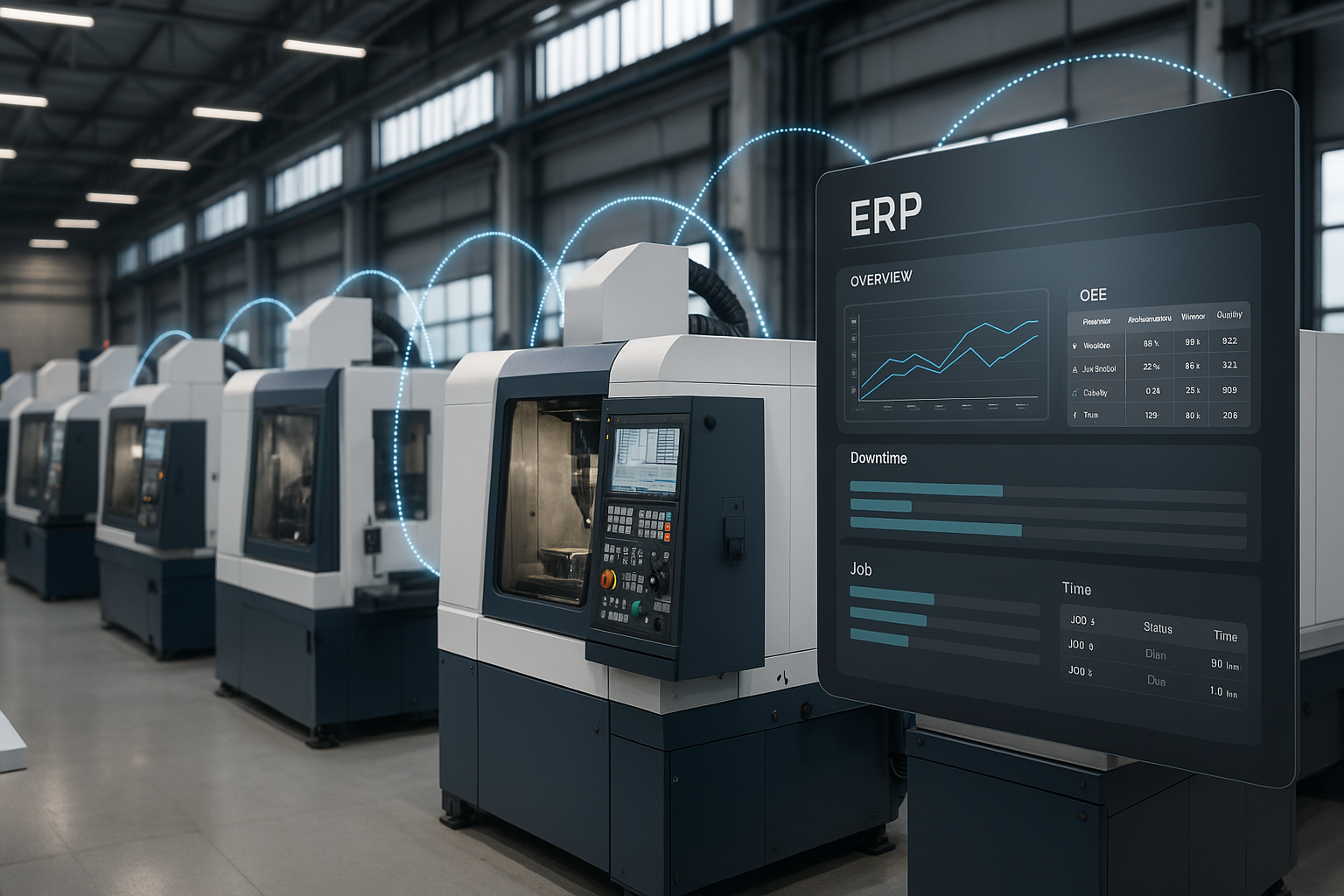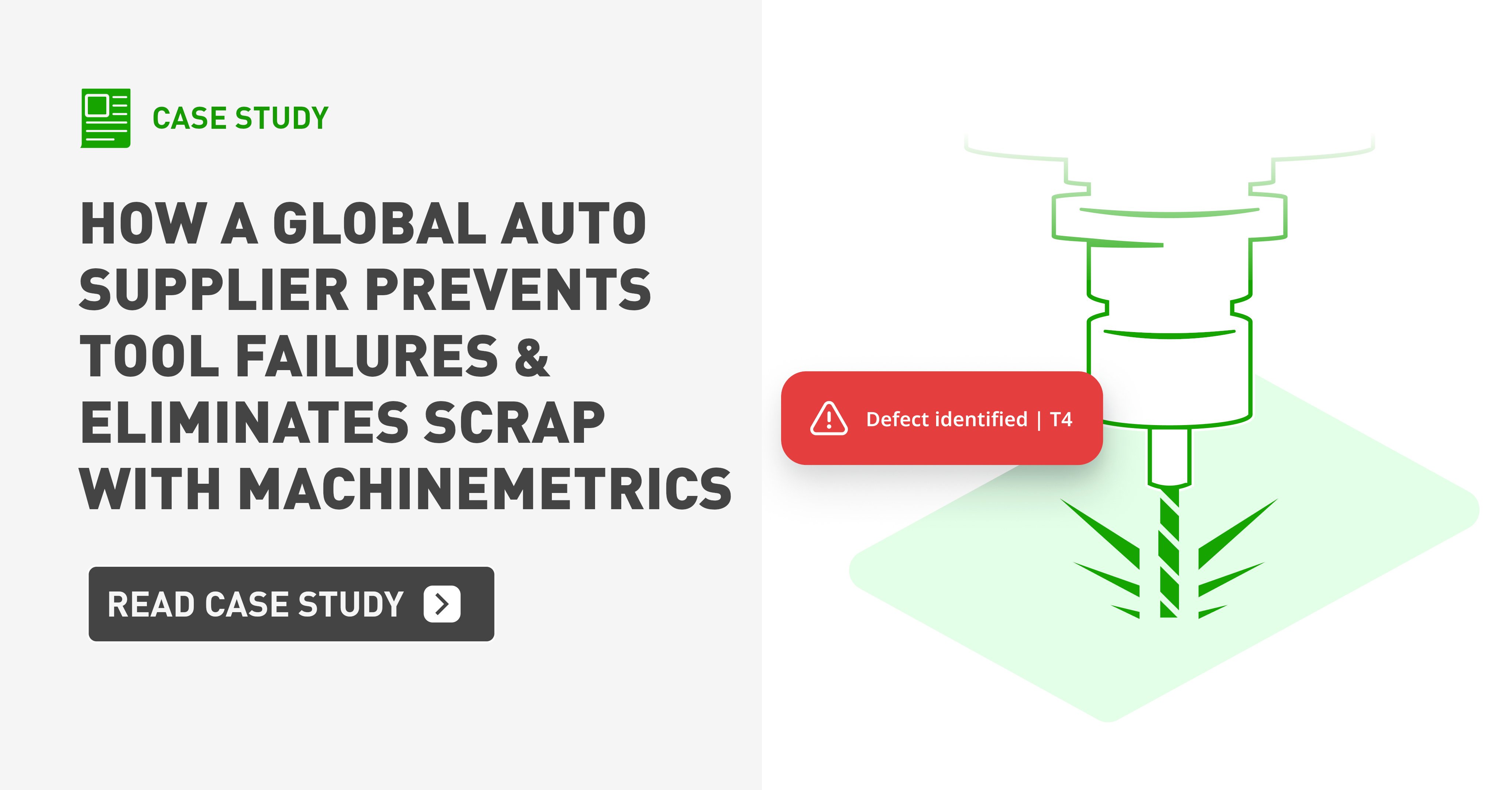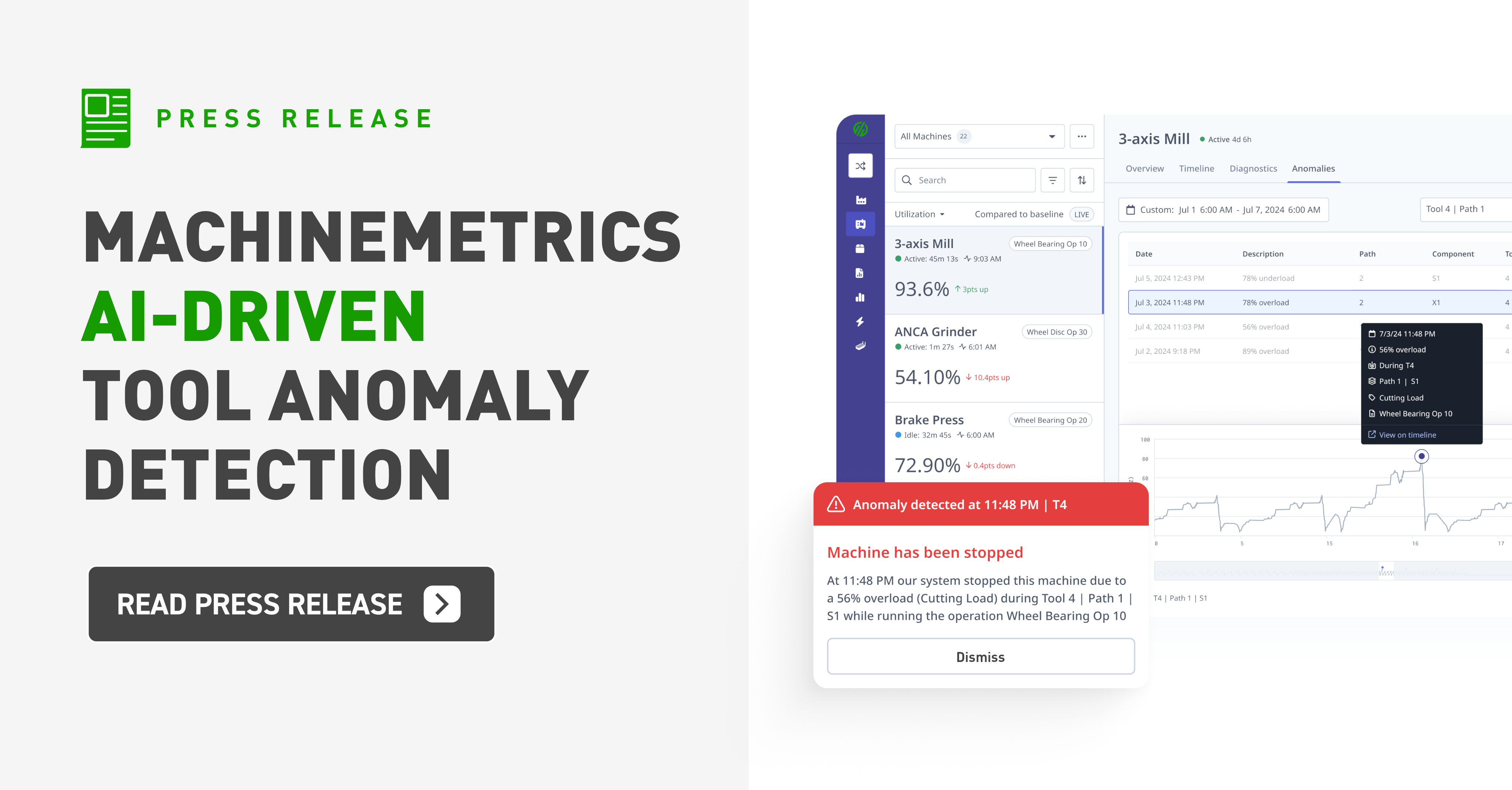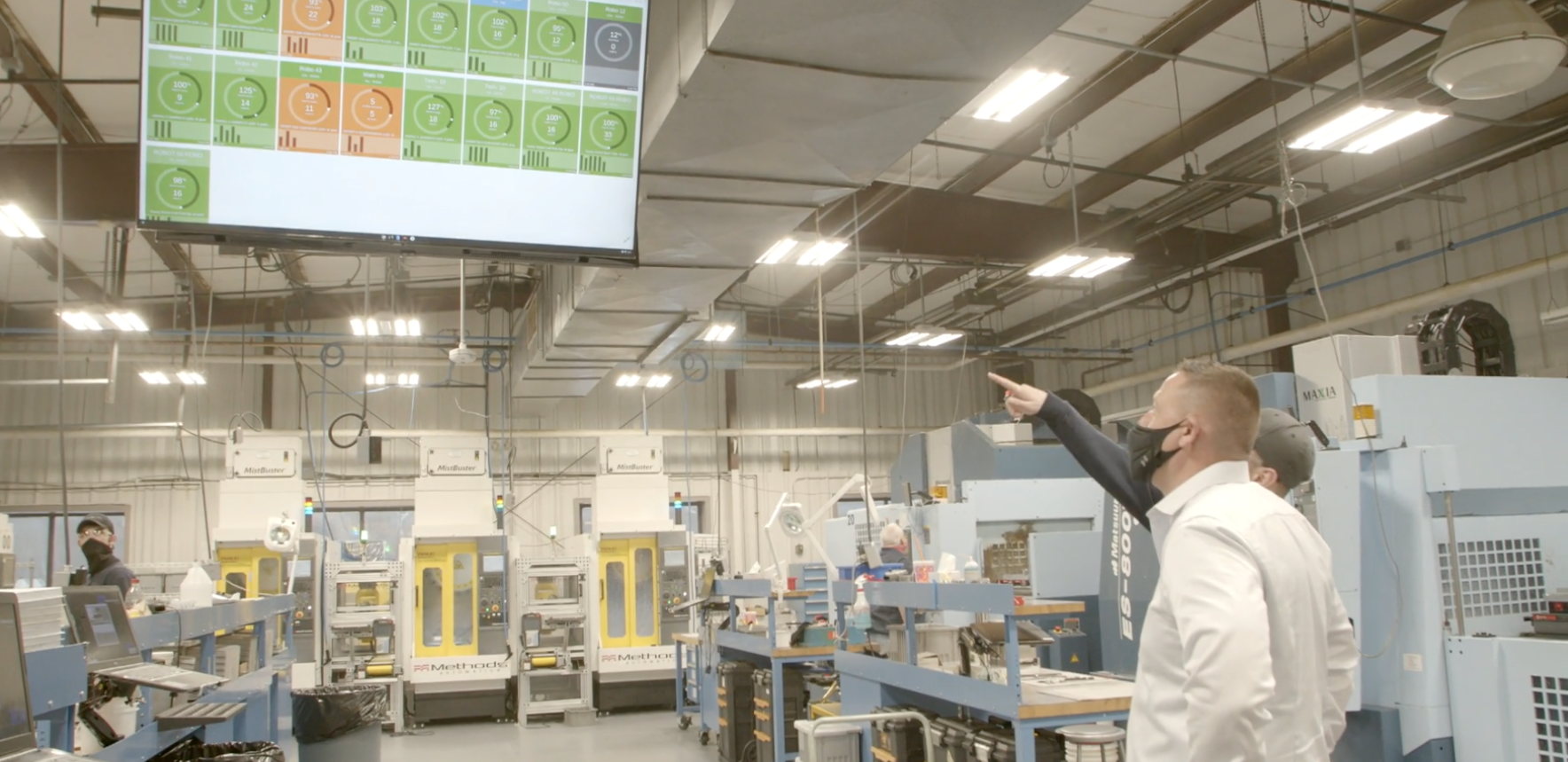Key Takeaways:
- IoT and automation technologies played a critical role in helping manufacturing companies restart operations during the COVID-19 pandemic.
- These technologies enabled remote monitoring, reducing the need for on-site personnel and improving workplace safety.
- By leveraging automation, manufacturers were able to maintain productivity while adhering to health guidelines and minimizing disruptions.
Summary: IoT and automation technologies enable manufacturers to reopen amid the pandemic by offering safety precautions such as remote temperature checks, access control, social distancing enforcement, and the ability to work from home. From an operations and finance standpoint, these technologies also reduce waste, lengthen maintenance cycles, and save both time and money.
IoT and automation have been gaining traction among manufacturers for years, but adoption rates have soared in the face of Covid-19. With temporary production shutdowns and permanent factory closures a looming concern for some and a current reality for many, the industry is in dire need of a means to safely continue business. Automation and the Internet of Things (IoT) provide quick-to-implement solutions for manufacturers who refuse to be beaten by the pandemic—while placing safety and efficiency top of mind for everyone involved.
Factory Worker Safety Amid The Pandemic
Many of us have accepted the fact that Covid-19 is here to stay for a while longer, and we’ve begun adapting our lives to prioritize safety. “Social distancing” are words on most everyone’s tongues (which, hopefully, are hidden safely behind their masks). In a factory setting, workers were frequently in very close contact throughout much of their shift, with production line stations almost invariably less than the now-recommended six feet apart.
Automation and IoT devices have played a key role in reopening facilities in safe and socially-conscious ways. These technologies can be implemented at every stage of the work cycle to better protect the health of employees.
Health checks are the first line of defense against the virus, and IoT devices are well-equipped to perform access control based on the results of these checks. For example, an IoT-equipped entryway can either grant or deny an employee access to the facility based on their body temperature reading which can be performed without a touch and automatically via a thermal imaging sensor. Similar sensors can also assess the air within a factory and alert the necessary individuals when it displays characteristics that make for easier virus transmission.
Once workers are inside, some manufacturers have employed wearable IoT devices to better enforce social distancing, sometimes augmented by computer vision as well. These sensors serve a variety of purposes. They can alert employees when they are out of compliance with social distancing via a discrete vibration or even an alarm. These systems can also report back to managerial staff so they can better control any indiscretions that could endanger workers. The data from these sensors also functions for contact tracing purposes if an outbreak does occur.
Additionally, many manufacturing facilities have reduced their workforce to a minimum and instead replaced these positions using automation. Fewer people in the building limits spread of the virus while automation itself can speed up production times and reduce costs.
Outside of the factory, many employees can now work from home while continuing to collaborate with team members. Even autonomous systems can share sensor data remotely in order to alert users of an impending maintenance problem, production statistics, and a host of other information that can be used to operate a factory largely, if not entirely, remotely.
Operational Efficiency
With fewer workers in factories and increasing automation, IoT sensors can also serve to augment operational efficiency even further. They can perform inventory monitoring and production monitoring. Especially combined with machine learning, this type of data can be invaluable to predict the demand of an ever-changing market.
Predictive maintenance and prescriptive maintenance, enabled by IoT devices, also reduce waste and lengthen maintenance cycles, both of which save manufacturers time and money. Broken machinery and tools, or even those nearing the end of their usable life, tend to produce subpar quality products that then must be sorted and tossed as scrap. Having an IoT device that can alert employees when a tool is about to fail prevents the production of these scrap parts, greatly reducing waste and cost. Prescriptive maintenance, also enabled by these types of sensors, goes a step further to provide what-if scenarios regarding maintenance: “What if I replace the part now? What if we wait ten minutes but reduce the speed of the machine by 10%?”
The Future
Utilizing IoT and automation technologies helps better prepare manufacturers to face any further adversity with lower risks. They offer a level of adaptability and insight that better help manufacturers whether changing markets and pivot accordingly. Transformation today will not only save many manufacturers today, but it will bolster them for future possibilities as well.


.png?width=1960&height=1300&name=01_comp_Downtime-%26-Quality_laptop%20(1).png)





Comments